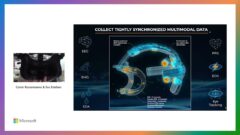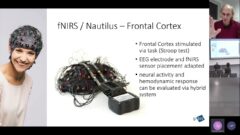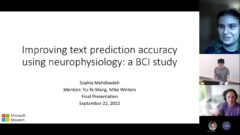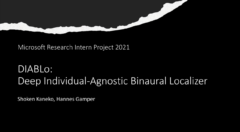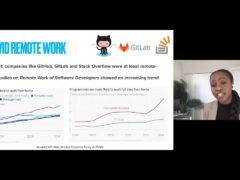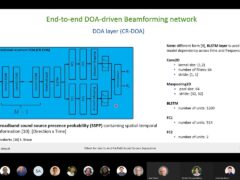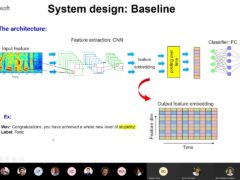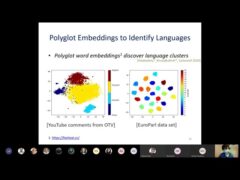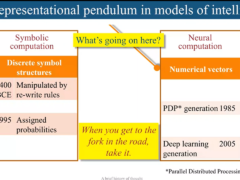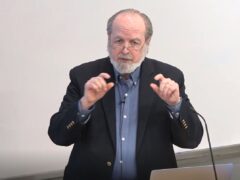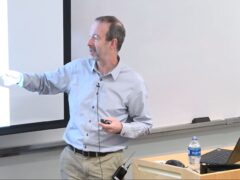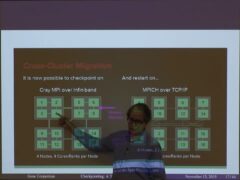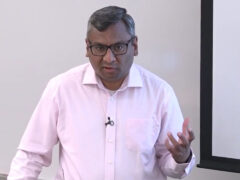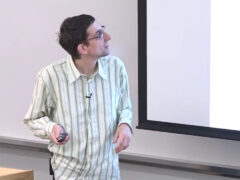From C/C++11 to Power and ARM: What is Shared-Memory Concurrency Anyway?
Shared-memory concurrent programming and verification traditionally assumes Sequential Consistency, but real-world hardware only provides relaxed consistency models. Furthermore, the consistency models of different hardware architectures vary widely and have often been poorly defined, while programming language models (aiming to abstract from hardware details) are different again. The IBM Power line of multiprocessors has long been recognized to have one of the most complex and subtle memory consistency models, and ARM multiprocessors have a broadly similar model. Together, they directly inspired features of the new C/C++ concurrency model in ISO C/C++11. However, it was an open question among the ISO concurrency committee whether the model even made sense, or could be implemented.
I will describe my work in devising mathematically precise abstract models for ARM and Power multiprocessors, which has shed light on hitherto unknown programmer-observable behaviour. The model was developed based on extensive experiments and on discussion with IBM and ARM architects; it is expressed as an abstract machine, abstracting as much as possible (but no more) from microarchitectural implementation details.
I will also describe proofs that show that a recommended implementation strategy for C/C++11 concurrency to Power is sound. All compilers will have to implement such a strategy, and furthermore, all have to agree on a common strategy for linking to be sound. This proof builds confidence in both models, and also provides insight into how the two very different models really work.
发言人详细信息
Susmit Sarkar is currently an EPSRC Research Fellow at the University of Cambridge. His fellowship was awarded to study relaxed-memory concurrency, and he has recently researched concurrency on modern hardware such as x86, ARM, and POWER, and the new concurrency model introduced in C11/C++11. His research interests are in developing and using mathematically rigorous models of real-world systems, particularly high-performance low-level code.
- 日期:
- 演讲者:
- Susmit Sarkar
- 所属机构:
- University of Cambridge
-
-
Jeff Running
-
-
系列: Microsoft Research Talks
-
Decoding the Human Brain – A Neurosurgeon’s Experience
Speakers:- Pascal Zinn,
- Ivan Tashev
-
-
-
-
Galea: The Bridge Between Mixed Reality and Neurotechnology
Speakers:- Eva Esteban,
- Conor Russomanno
-
Current and Future Application of BCIs
Speakers:- Christoph Guger
-
Challenges in Evolving a Successful Database Product (SQL Server) to a Cloud Service (SQL Azure)
Speakers:- Hanuma Kodavalla,
- Phil Bernstein
-
Improving text prediction accuracy using neurophysiology
Speakers:- Sophia Mehdizadeh
-
-
DIABLo: a Deep Individual-Agnostic Binaural Localizer
Speakers:- Shoken Kaneko
-
-
Recent Efforts Towards Efficient And Scalable Neural Waveform Coding
Speakers:- Kai Zhen
-
-
Audio-based Toxic Language Detection
Speakers:- Midia Yousefi
-
-
From SqueezeNet to SqueezeBERT: Developing Efficient Deep Neural Networks
Speakers:- Sujeeth Bharadwaj
-
Hope Speech and Help Speech: Surfacing Positivity Amidst Hate
Speakers:- Monojit Choudhury
-
-
-
-
-
'F' to 'A' on the N.Y. Regents Science Exams: An Overview of the Aristo Project
Speakers:- Peter Clark
-
Checkpointing the Un-checkpointable: the Split-Process Approach for MPI and Formal Verification
Speakers:- Gene Cooperman
-
Learning Structured Models for Safe Robot Control
Speakers:- Ashish Kapoor
-





